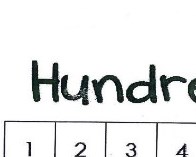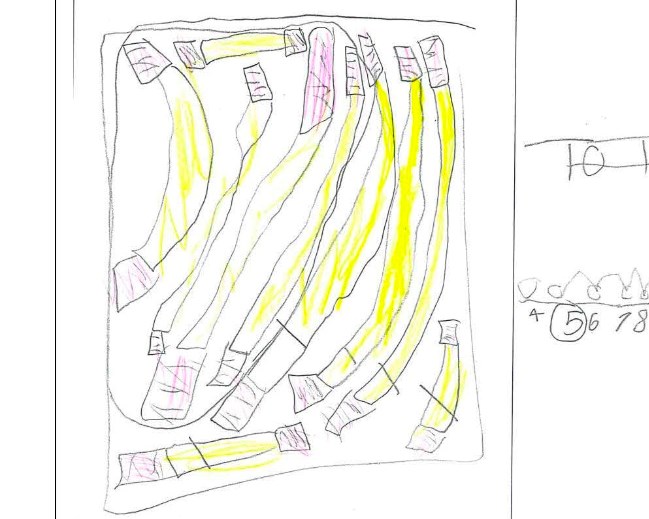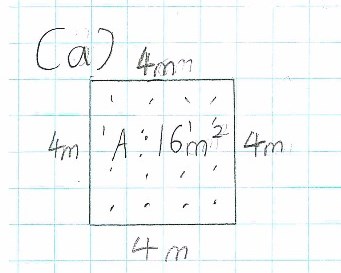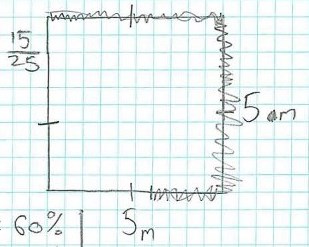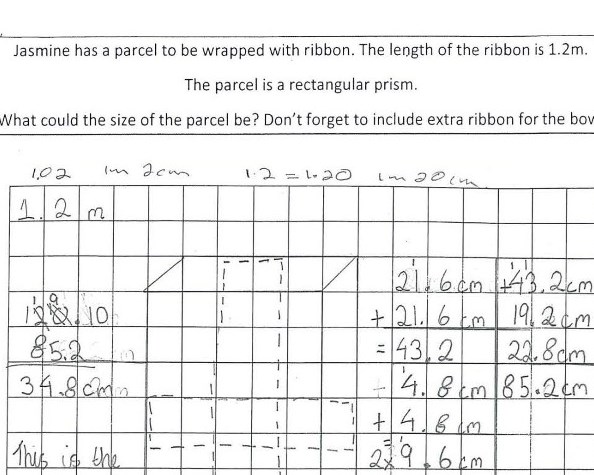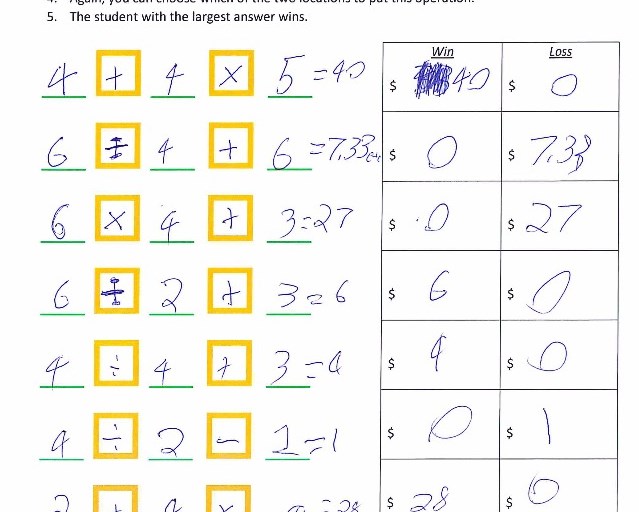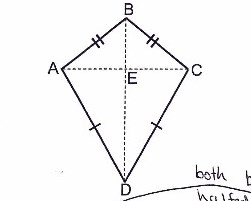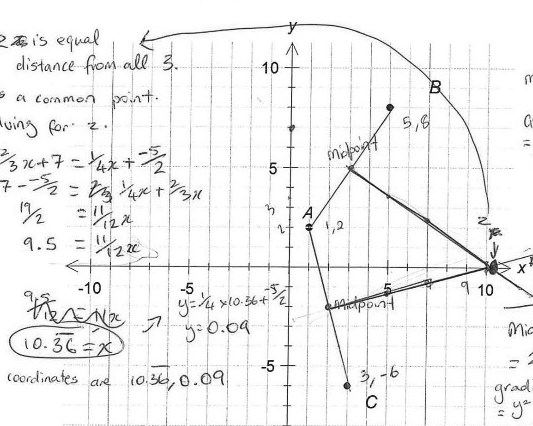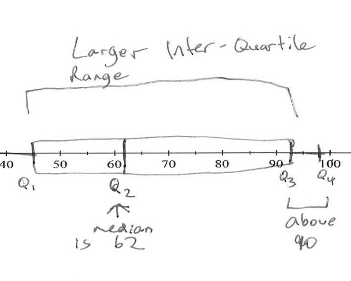Reasoning
Portfolio summary
In F–2, students develop an increasingly sophisticated capacity for logical thought and actions. Students are reasoning mathematically when they explain their thinking.
In Years 3–6, students develop an increasingly sophisticated capacity for logical thought and actions, such as evaluating, explaining and generalising. Students are reasoning mathematically when they explain their thinking, when they adapt the known to the unknown, and when they transfer learning from one context to another and explain their choices.
In Years 7–8, students develop an increasingly sophisticated capacity for logical thought and actions, such as analysing, evaluating, explaining, justifying and generalising. Students are reasoning mathematically when they explain their thinking, when they deduce and justify strategies used and conclusions reached, when they adapt the known to the unknown, when they transfer learning from one context to another, and when they compare and contrast related ideas and explain their choices.
In Years 9–10, students develop an increasingly sophisticated capacity for logical thought and actions, such as analysing, proving, evaluating, explaining, inferring, justifying and generalising. Students are reasoning mathematically when they explain their thinking, when they deduce and justify strategies used and conclusions reached, when they adapt the known to the unknown, when they transfer learning from one context to another, when they prove that something is true or false, and when they compare and contrast related ideas and explain their choices.
Work samples
View the proficiencies across F–10
Year 3 includes using generalising from number properties and results of calculations, comparing angles and creating and interpreting variations in the results of data collections and data displays.
Year 4 includes using generalising from number properties and results of calculations, deriving strategies for unfamiliar multiplication and division tasks, comparing angles, communicating information using graphical displays and evaluating the appropriateness of different displays.
Year 5 includes investigating strategies to perform calculations efficiently, continuing patterns involving fractions and decimals, interpreting results of chance experiments, posing appropriate questions for data investigations and interpreting data sets.
Year 6 includes explaining mental strategies for performing calculations, describing results for continuing number sequences, explaining the transformation of one shape into another and explaining why the actual results of chance experiments may differ from expected results.
Year 7 includes formulating and solving authentic problems using numbers and measurements, working with transformations and identifying symmetry, calculating angles and interpreting sets of data collected through chance experiments.
Year 8 includes justifying the result of a calculation or estimation as reasonable, deriving probability from its complement, using congruence to deduce properties of triangles, finding estimates of means and proportions of populations.
Year 9 includes following mathematical arguments, evaluating media reports and using statistical knowledge to clarify situations, developing strategies in investigating similarity and sketching linear graphs.
Year 10 includes formulating geometric proofs involving congruence and similarity, interpreting and evaluating media statements and interpreting and comparing data sets.
